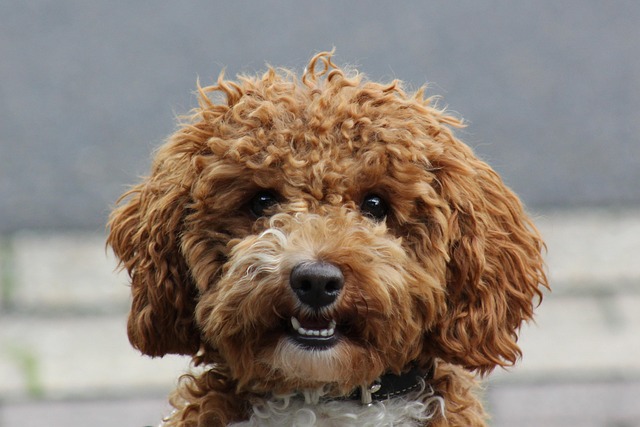
How can I tell if my dog's heatstroke is serious
Let’s be real: It’s a sticky August morning in Los Angeles, and you took your 2-year-old Golden Retriever, Max, for a walk a little later than usual
Seeing your once-bouncy pup slow down, sleep more, or struggle to jump on the couch can tug at your heartstrings—but caring for an older dog (usually 7+ years for small breeds, 5+ for large ones) is about adapting to their needs with patience, not sadness. For new U.S. dog owners, especially those in apartments or busy households, small, consistent changes to their routine can keep older dogs comfortable, healthy, and feeling loved well into their golden years.
Older dogs’ bodies change gradually: their joints may stiffen with arthritis, their metabolism slows (making weight gain easier), their senses (hearing, vision) might dull, and their immune systems weaken. My friend’s 10-year-old German Shepherd, Max, used to love long hikes, but now he’s happier with short walks—his vet explained that low-impact activity preserves his muscle mass without straining his achy hips. The science here is simple: Aging dogs need less stress on their bodies, more nutrient-dense food, and a safe environment that accounts for their declining mobility or senses. Ignoring these shifts can lead to pain, loneliness, or avoidable health issues.
Start with their living space: For apartment dwellers, add non-slip rugs near their bed and food bowls (hardwood floors are slippery for older paws) and use a pet ramp to help them reach couches or beds. Adjust their exercise: swap intense play for 10–15 minute daily strolls, and let them stop to sniff—mental stimulation is just as important as physical activity for keeping their minds sharp. Feed them a vet-recommended “senior” dog food, which has higher protein to maintain muscle and lower calories to prevent weight gain; split meals into two smaller portions to avoid bloating. Groom them gently with a soft brush to check for lumps, dry skin, or matted fur (older dogs may groom themselves less), and use positive reinforcement—give them a treat after grooming or a walk to keep the experience happy. Never scold them for accidents (incontinence is common with age) or slow walking; instead, offer encouragement and clean up calmly.

Avoid harsh training methods like yelling or physical correction—these violate U.S. animal welfare norms and will make your older dog anxious. Schedule bi-annual vet checkups (more than adult dogs) to catch issues like dental disease, kidney problems, or thyroid imbalances early.
Before walks, confirm their vaccines are up to date—all U.S. states require rabies boosters, and core shots like distemper protect their weaker immune systems. Always carry poop bags: Leaving messes in apartment hallways or parks isn’t just rude; it’s illegal in cities like Chicago (fines up to $500) and unsanitary for older dogs prone to infections.
Caring for an older dog is about celebrating the bond you share, not focusing on their age. With small adjustments and lots of love, they’ll thrive in their golden years.

Let’s be real: It’s a sticky August morning in Los Angeles, and you took your 2-year-old Golden Retriever, Max, for a walk a little later than usual

You're enjoying a summer afternoon at the park when you notice your dog has stopped panting and appears disoriented - their gums are bright red

Let’s paint the picture: You’re in your Denver apartment, watching your 4-year-old Boston Terrier, Ruby, plop down mid-play session with her favorite toy

Many dog owners notice their pets nails seem shorter after regular walks,but how much does this daily activity actually help?The answer depends on where you walk—concrete sidewalks or asphalt streets gently file nails as a dog's paws hit the ground

Most dog owners notice their pup scooting across the carpet at some point, but few connect it to impacted anal glands. These small sacs near a dog’s rectum secrete a scent for marking territory

Most vets agree that regular dog teeth cleaning is key to avoiding painful dental issues later. For healthy adult dogs, a professional cleaning at the vet’s office every 12 to 18 months usually works well.